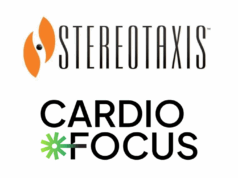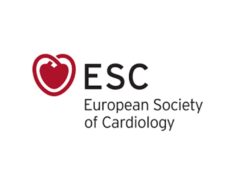 With cases of cardiac arrhythmias rising rapidly, cardiologists from the European Heart Rhythm Association (EHRA) have marked Pulse Day (1 March) by urging communities and healthcare systems to ‘Feel the Pulse’, and take simple steps to raise awareness of these serious but often overlooked conditions.
With cases of cardiac arrhythmias rising rapidly, cardiologists from the European Heart Rhythm Association (EHRA) have marked Pulse Day (1 March) by urging communities and healthcare systems to ‘Feel the Pulse’, and take simple steps to raise awareness of these serious but often overlooked conditions.
A recent press release from the European Society of Cardiology (ESC) notes that one in three people worldwide will develop a potentially life-threatening heart rhythm disorder in their lifetime—yet awareness remains “critically low”.
The release goes on to detail that, while some heart rhythm disorders are harmless, others can lead to severe complications like stroke, heart failure, or cardiac arrest, if left untreated. It also highlights the fact that the most common of these arrythmias—atrial fibrillation (AF)—has seen a marked rise in global prevalence, from 33.5 million cases in 2010 to 59 million in 2019. Projections suggest that number could increase by more than 60% in 2050.
“Heart rhythm disorders are a silent epidemic,” said Julian Chun (Cardiovascular Center Bethanien, Frankfurt, Germany), chair of the EHRA’s scientific initiatives committee. “Their prevalence is increasing dramatically, yet many people remain unaware of the risks and symptoms.”
“There are also widespread misconceptions about who can be affected,” added EHRA president Helmut Pürerfellner (Ordensklinikum Linz, Linz, Austria). “A common myth exists that heart rhythm disorders only impact older adults, but this is far from the truth. People of all ages and fitness levels can develop these conditions, often without warning. Such misconceptions can delay diagnosis and treatment, putting lives at risk.”
Held annually on 1 March, Pulse Day serves as a “powerful reminder” of the risks and prevalence of serious heart rhythm disorders, as well as offering an “inspiring call to action” for people to take simple yet impactful steps to protect their heart health, the ESC release states.
“One of the simplest and most effective actions you can take is to check your pulse,” commented Melanie Gunawardene (Asklepios Hospital St Georg, Hamburg, Germany). “A typical heart rate should fall between 60 to 100 beats per minute. If you notice an unusually high, low or irregular rhythm, don’t worry—there are many possible causes for these variations, not all of which are linked to serious heart conditions. However, it’s important to consult a healthcare professional for further evaluation, as early detection and intervention can help minimise potentially serious complications in later life. Recognising the signs early through a pulse check could make all the difference in safeguarding your future.”









